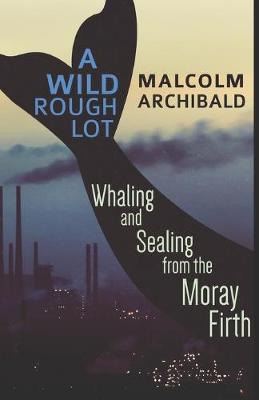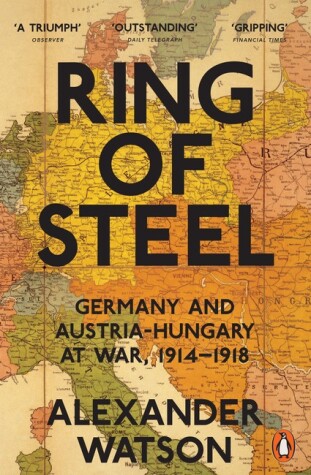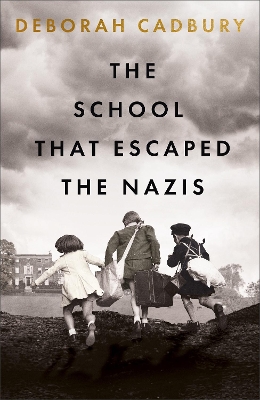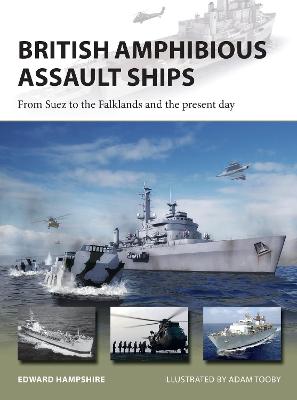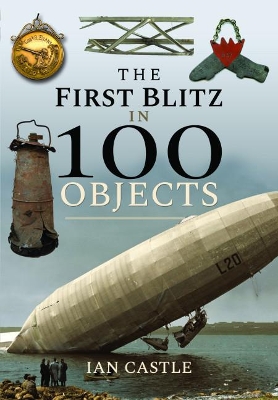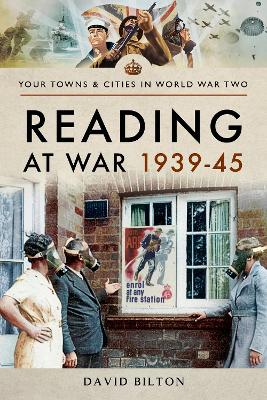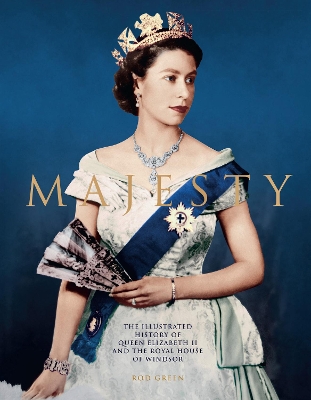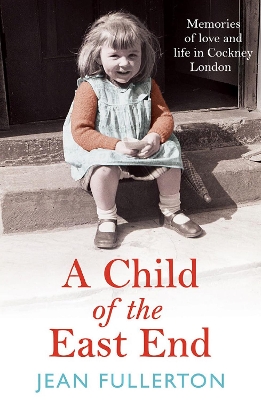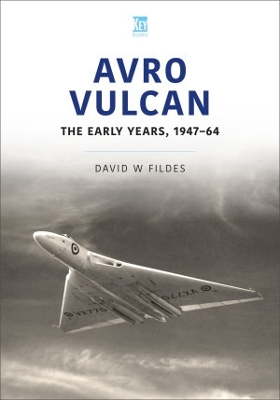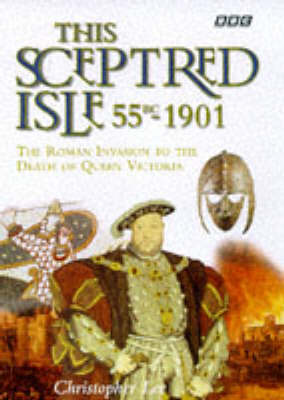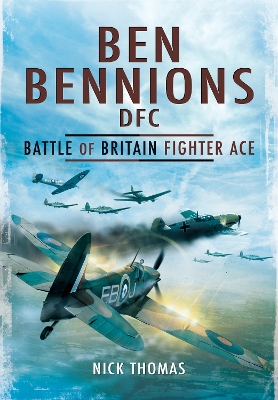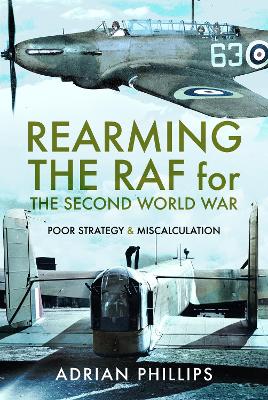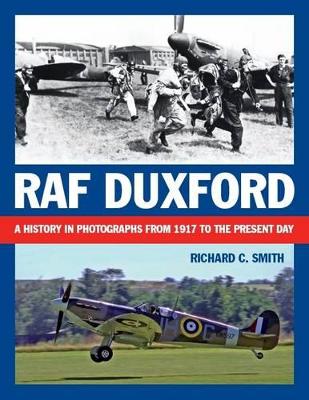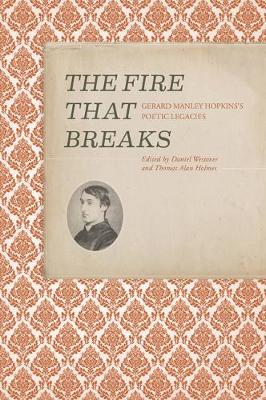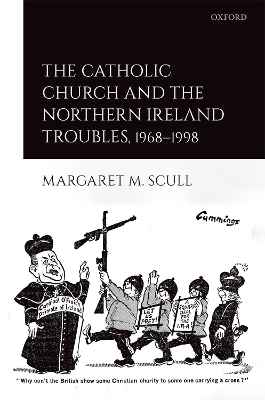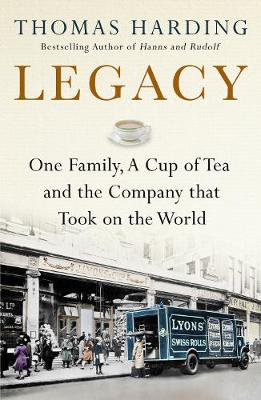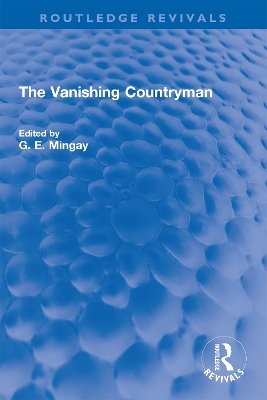The Description for this book, The Auden Generation: Literature and Politics in England in the 1930s, will be forthcoming.
Sunday Times History Book of the Year 2014Winner of the 2014 Wolfson History Prize, the 2014 Guggenheim-Lehrman Prize in Military History, the Society for Military History's 2015 Distinguished Book Award and the 2015 British Army Military Book of the YearFor the empires of Germany and Austria-Hungary the Great War - which had begun with such high hopes for a fast, dramatic outcome - rapidly degenerated as invasions of both France and Serbia ended in catastrophe. For four years the fighting now t...
'All the violence I had experienced before felt like a bad dream. It was a paradise. I think most of the children felt it was a paradise.'In 1933, as Hitler came to power, schoolteacher Anna Essinger hatched a daring and courageous plan: to smuggle her entire school out of Nazi Germany. Anna had read Mein Kampf and knew the terrible danger that Hitler's hate-fuelled ideologies posed to her pupils. She knew that to protect them she had to get her pupils to the safety of England. But the safe have...
British Amphibious Assault Ships (New Vanguard)
by Dr Edward Hampshire
Amphibious assault ships have been at the centre of nearly all of Britain's expeditionary campaigns since World War II, from the Suez crisis of 1956 to operations as far afield as Borneo (1963-66), the Falklands (1982), Sierra Leone (2000) and Iraq (2003). In major operations such as Suez and the Falklands, the use of amphibious assault ships was essential to the military success of the campaigns. The Suez Crisis saw two of the Royal Navy's former light fleet carriers converted into 'commando c...
ON New Year's Day 1940, the people of Britain looked back on the first four months of the Second World War with a sort of puzzled unease. Wartime life was nothing like what they had imagined. Unlike the First World War there was no fighting on the Western Front. Indeed, there was no Western Front. There had been no major air attacks. Four days into the war German bombers had approached the East Coast but no bombs were dropped. Everyone carried their gasmask but there was no poison gas. Petrol wa...
The First World War ushered in many new and increasingly deadly weapons, along with strategies for using them. No more so than Germany's sustained aerial bombing campaign against Britain, which opened an entirely new theatre of war the Home Front. It was a shocking awakening to 20th Century warfare for the military and civilians alike. The centenary commemorations of the war, ending in 2018, brought renewed attention to this campaign, so often hidden in the shadow of the Blitz of the Second W...
Reading at War 1939-45 (Towns & Cities in World War Two)
by David Bilton
As in the Great War, Reading in the Second World War was a town permanently in a state of flux. So close to London, so easily pinpointed by its proximity to the Thames, with railway lines converging near the town centre and with much of the town's industry geared up to essential war work, it was an obvious target for the German Luftwaffe when the war broke out. Knowing this, the council had set up an efficient Civil Defence system aided by government finance. Fortunately for the citizens, althou...
Majesty is the enthralling story of the House of Windsor, focussing on the personal and political intrigues that have characterized the reign of Elizabeth II. Fully illustrated with contemporary photographs, it describes the fluctuating fortunes of the Windsors, from the dramatic abdication of the Queen's uncle, Edward VIII, to the tumultuous relationship between Prince Charles and Princess Diana. Set against the colourful backdrop of key events - such as the 'Great Smog' that brought London...
A brand new uplifting, emotional and sometimes shocking memoir about life in London's oldest suburb, from the Queen of saga fiction Jean Fullerton . . . *One of my first East London memories is lying in bed, listening to the low boom of the barges as they nudged each other on the Thames, just half a mile away from our estate . . . Life in Cockney London was tough in the post-war years. The government's broken promises had led to a chronic housing shortage, rampant crime and families living in sq...
We Also Served is a social history of women's involvement in the First World War. Dr Vivien Newman disturbs myths and preconceptions surrounding women's war work and seeks to inform contemporary readers of countless acts of derring-do, determination, and quiet heroism by British women, that went on behind the scenes from 1914-1918. In August 1914 a mere 640 women had a clearly defined wartime role. Ignoring early War Office advice to 'go home and sit still', by 1918 hundreds of thousands of wom...
Avro Vulcan: The Early Years 1947-64 (Historic Military Aircraft)
by David W. Fildes
Based on a major Radio 4 series, this is an account of British history from the Roman invasion to the death of Queen Victoria. It focuses on the significant events and personalities that shaped Britain over nearly 2000 years, tracing its emergence from the Dark Ages which followed the Romans' departure, through the great flowering of culture in medieval times and the gradual evolution of the modern state, to the making of an empire and the huge changes brought about by the industrial revolution.
The birth of the Royal Air Force during World War I marked a pivotal moment in modern military and political history. With Europe's western front frozen in a bloody stalemate of trench warfare, both sides sought some means of directly attacking enemy resources and morale. The new technologies of air power were used at first for reconnaissance of enemy positions for artillery strikes. By 1917 German bombers had begun raids on British cities, including an attack on London that killed hundreds, wit...
Ben Bennion enlisted in the pre-war RAF, serving first as an 'erk' before being selected for pilot training. His first posting led to service in the Middle -East and Bennion's passport and other travel documents had to be rushed through. A clerical error led to his name being recorded as 'Bennions'. Ben served in 41 Squadron and, following their overseas tour he returned to the UK and Catterick. Patrols and scrambles were common throughout the early months of the war, but it was in May 1940, th...
When the RAF rearmed to meet the growing threat from Nazi Germany's remorseless expansion in the late 1930s, it faced immense challenges. It had to manage a huge increase in size as well as mastering rapid advances in aviation technology. To protect Britain from attack, the RAF's commanders had to choose the right strategy and the right balance in its forces. The choices had to be made in peacetime with no guidance from combat experience. These visions then had to be translated into practical re...
Established in 1917 to train Royal Flying Corps aircrew, during WWI Duxford was also the base for two United States Aero Squadrons, 137 and 159, and by the end was a mobilisation airfield for three DH9 day bomber squadrons. During the 1920s and 30s, expansion continued apace, with three fighter squadrons, 19, 29 and 111, and the presence of many illustrious names, including Harry Broadhurst, Johnny Kent and Frank Whittle. The first aerodrome in Fighter Command to receive the Spitfire (in August...
The Life and Times of Lieutenant General Sir Adrian Carton de Wiart
by Alan Ogden
In this ground-breaking new book, Alan Ogden brings to life Lt Gen sir Adrian Carton de Wiart, soldier, statesman and an often-overlooked figure in British Military and Diplomatic History. Framed through the life of Carton de Wiart this book also offers an exploration of important topics and developments in the first half of the 20th-century, including the Boer War, World War I, World War II and Anglo-Sino relations. This biography ranges from de Wiart’s early life, his wartime experiences and...
The Catholic Church and the Northern Ireland Troubles, 1968-1998
by Margaret M. Scull
Until surprisingly recently the history of the Irish Catholic Church during the Northern Irish Troubles was written by Irish priests and bishops and was commemorative, rather than analytical. This study uses the Troubles as a case study to evaluate the role of the Catholic Church in mediating conflict. During the Troubles, these priests and bishops often worked behind the scenes, acting as go-betweens for the British government and republican paramilitaries, to bring about a peaceful solution....
'I was riveted: this is a fascinating social history.' NIGELLA LAWSON'Five stars... history on a scale at once intimate and grand.' TELEGRAPH'A magnificent book... endlessly fascinating.' JEWISH CHRONICLE'How the Lyons company took on the world... a satisfying slab of dynastic history.' GUARDIAN, 'Book of the Day''Written with love and imagination... a masterclass in historical empathy.' TLS'Enthralling... fascinating.' OBSERVER'Rich... Fascinating... Harding is to be congratulated on this panor...
The Vanishing Countryman (Routledge Revivals)
First published in 1989, The Vanishing Countryman investigates how farmers, farm workers, and other country crafts- and tradespeople have fared in response to significant changes across the British countryside in the past one hundred years. The book explores the move towards large-scale and capital-intensive farming, and the conflict between increased production and damage to the environment. It looks at the decline in the number of farm workers, crafts- and tradespeople. It also considers the...
This study sheds new light on the development of British public opinion in the build up to the Second World War.
